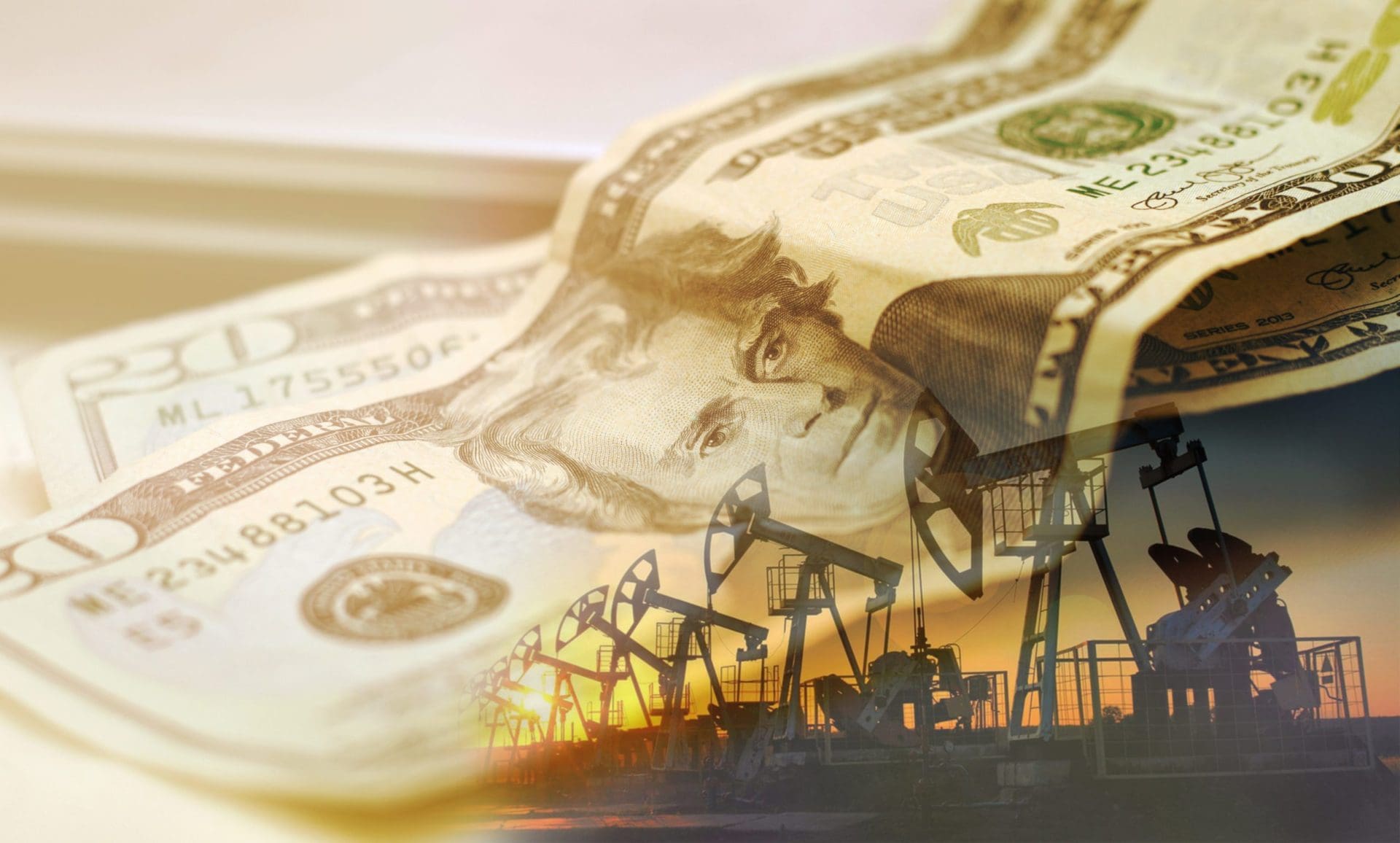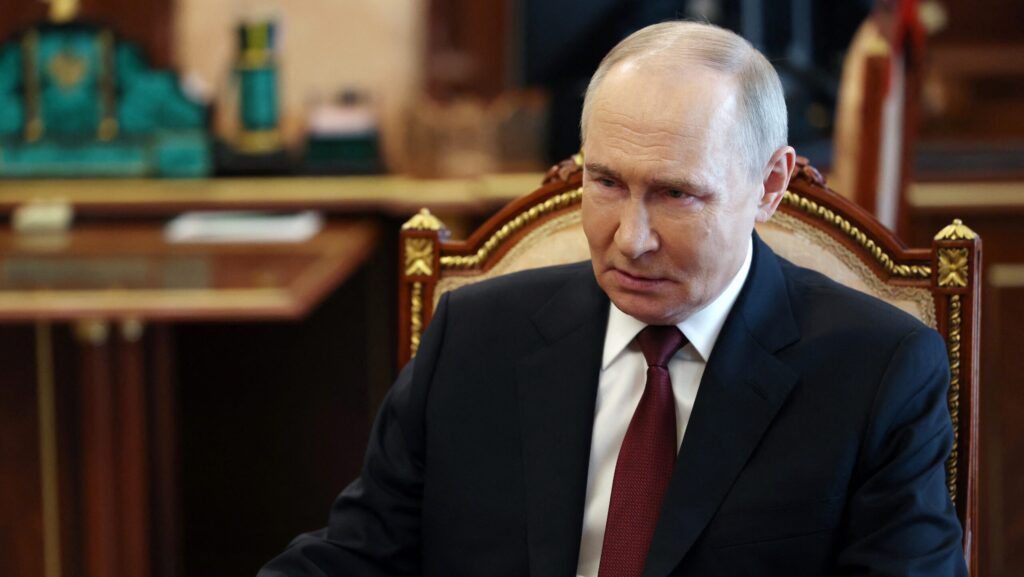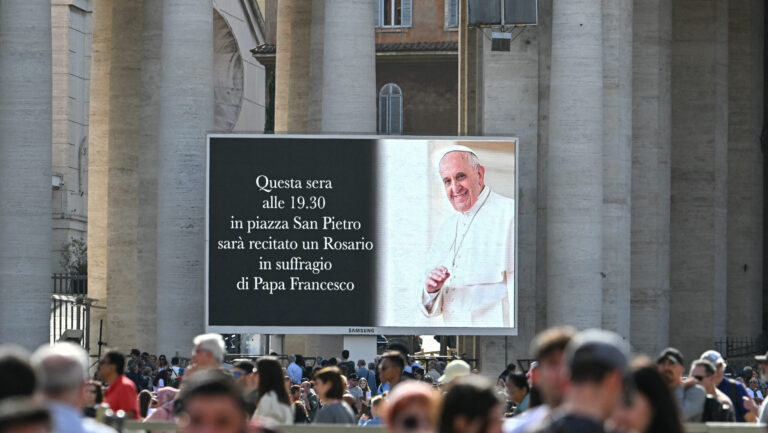Most of the international community, specifically the US-NATO nations have called for stricter sanctions on Russia after the United Nations human rights office stated[1] that it has evidence from Bucha to suggest Russian Federation soldiers ‘directly targeted’ and killed non-combatants in the town, near Ukraine’s capital. The European Union has in fact been pressured to be willing to accept harsh repercussions by totally cutting off Russian oil and coal exports.
Many Western politicians and commentators who have appeared on the mainstream media thought that the economic sanctions already imposed by the US, Europe, and their allies would have caused the value of the Rouble to collapse. The Russian currency, however, seems to be back in full force.
On 1 April, the Rouble was pegged at about 82 to a US Dollar (USD) while before the invasion the currency was trading at around 76 to a dollar. Part of the Rouble rebound is largely due to Russian President Vladimir Putin’s attack on the petrodollar system after he announced ‘unfriendly nations’ will have to pay for Russian energy in Russian Roubles instead of Euros or USD:
‘I have made a decision to implement in the shortest possible time a set of measures to switch payments for…our natural gas supplied to the so-called unfriendly countries to Russian roubles…. It doesn’t make sense to deliver our goods to the EU or US and receive payments in dollars or euros,’ Putin was quoted as stating.[2]
Putin saw an edge since Russian gas accounts for roughly 40 per cent of Europe’s total consumption, with payments ranging between 200 million to 800 million euros (220 to 880 million USD) per day so far in 2022.
The Petrodollar System
A petrodollar is every USD deposited in Western banks which derives from a set payment currency for the purchase of oil—which is priced in USD. For example, any nation that wishes to buy oil from Saudi Arabia or any members of OPEC (Organization of the Petroleum Exporting Countries) can only do so in USD. This requires each country to convert its own currency into USD in order for the purchase to materialise.
This financial structure dates back to 1944, when the USD was established as the world’s foremost reserve currency by the Bretton Woods Agreement. Subsequently, as the gold standard stabilised the world economies, nations began to peg their respective standard of financial value to the USD to the set price of gold. Since countries were able to redeem dollars for gold, the United States’ current account deficit rose, as did the fear of their gold reserve depleting.
In 1971, crude oil prices, no longer having any gold backing, skyrocketed as the Nixon administration refused to relent on the USD’s gold convertibility. Two years later, the petrodollar proposal emerged as a solution. The confidence in USD as an overall stable currency nudged other OPEC members to follow suit. ‘The global artificial demand for [the] USD would not only remain intact, but it would also soar due to the increasing demand for oil around the world as it was the commodity par excellence for economic and technological development.’[3]
Two years later, the petrodollar proposal emerged as a solution
The notion of having the USD as the standard unit of exchange is that it allows for both uniformity and stability in the system. Recycling the petrodollar also allows for OPEC members to avail themselves from their oil export surplus for domestic economic development and foreign investments—such conversion of the petrodollar by exporters is normally done by investing in US bonds and securities, allowing liquidity in the US.[4]
The USD is widely held by central banks, foreign companies, and private individuals worldwide in the form of the Eurodollar (not to be confused with the Euro)—USD held in time deposit accounts in banks outside the US not subject to the legal jurisdiction of the US Federal Reserve. An estimated 75 per cent of Eurodollar foreign deposit accounts in the form of US $100 bills are held overseas. Today, the USD is predominantly the standard currency unit in which goods are quoted and traded, and with which payments are settled in, in the global commodity markets.
Repercussions as a Result of Challenging the Petrodollar
The petrodollar system, as can be seen, is the backbone of US hegemony in the world. And whenever a world leader has seriously challenged the system, the US and its NATO allies have been swift to respond to ensure US global dominance continues. Such was the case with Saddam Hussein and Col. Muammar Gaddafi:
- In 2003, prior to the US invasion of Iraq and the eventual deposition of Saddam Hussein, the Iraqi dictator threatened the US economy by proposing to sell Iraqi oil in Euros and even trade oil in gold. Many suspect that this was the reason behind why then-President George W. Bush sent troops to invade Iraq, especially since there were no weapons of mass destruction as claimed by the Bush administration.
- In 2009, Col. Gaddafi was working to end the sale of Libyan oil in USD for the “Gold Dinar” (a single African currency made from gold). The regime, sitting on massive amounts of gold, estimated at close to 150 tons, was also pushing other African and Middle Eastern governments to follow suit. According to some, had Gaddafi sparked a gold-driven monetary revolution, while he would have done well for his own people, and for the rest of the African continent, he would have threatened the positions of central bankers and their political and media power-brokers. Hence, in 2011, US-led NATO forces invaded Libya and assassinated Gaddafi.
Russia, however, is an entirely different dynamic. Similarly to China, it has a sophisticated nuclear arsenal—in addition, Russia also has the second largest military in the world. This means that US forces cannot attack Russia with impunity because it would most definitely lead to an all-out nuclear war.
With Russian gold coming under sanctions, the country’s gold stocks—from banks as well as individuals—could potentially be sold to the Central Bank. This would only strengthen the Rouble’s value once the Central Bank’s gold stocks from domestic sources increase, which is expected to happen in the next few months.
For the time being, President Putin has not been able to subvert the petrodollar. In fact, he eventually backed down from his threat that Europe must pay for Russian oil and gas in Roubles as G7 leaders called his bluff. India, however, which is one of the countries that has taken a neutral stand on the war, has engaged in talks with Russia to see how the Rouble-Rupee trade arrangement can be revived.
Yet if both Russia and India manage to bypass the USD, the Euro, and other western currencies at some point in the future, other countries will likely do the same, which could potentially cripple the petrodollar. And if that is the case, the US would not only lose its global influence, but the world could undergo an economic depression worse than the one of 1929.
[1] David Child, Zaheena Rasheed, Jihan Abdalla and Usaid Siddiqui, ‘Russia-Ukraine latest updates: Zelenskyy addresses UN,’ (4 April 2022), aljazeera.com, Russia-Ukraine latest updates: Zelenskyy addresses UN | Russia-Ukraine war News | Al Jazeera, accessed 7 April 2022.
[2] Jake Cordell, ‘Putin Orders Europe to Pay Rubles for Russian Gas,’ (29 March 2022), themoscowtimes.com, https://www.themoscowtimes.com/2022/03/23/putin-orders-europe-to-pay-rubles-for-russian-gas-a77053, accessed 7 April 2022.
[3] Mirev89, ‘The U.S. dollar tale: entering the “PETRODOLLAR” system – Introduction to Part Two,’ (3 April 2022), medium.com,https://medium.com/the-capital/the-u-s-dollar-tale-entering-the-petrodollar-system, accessed 7 April 2022.
[4] Chuck Kowalski, ‘How the Dollar Impacts Commodity Prices,’ (29 Dec. 2021), thebalance.com, https://www.thebalance.com/how-the-dollar-impacts-commodity-prices-809294, accessed 7 April 2022.








